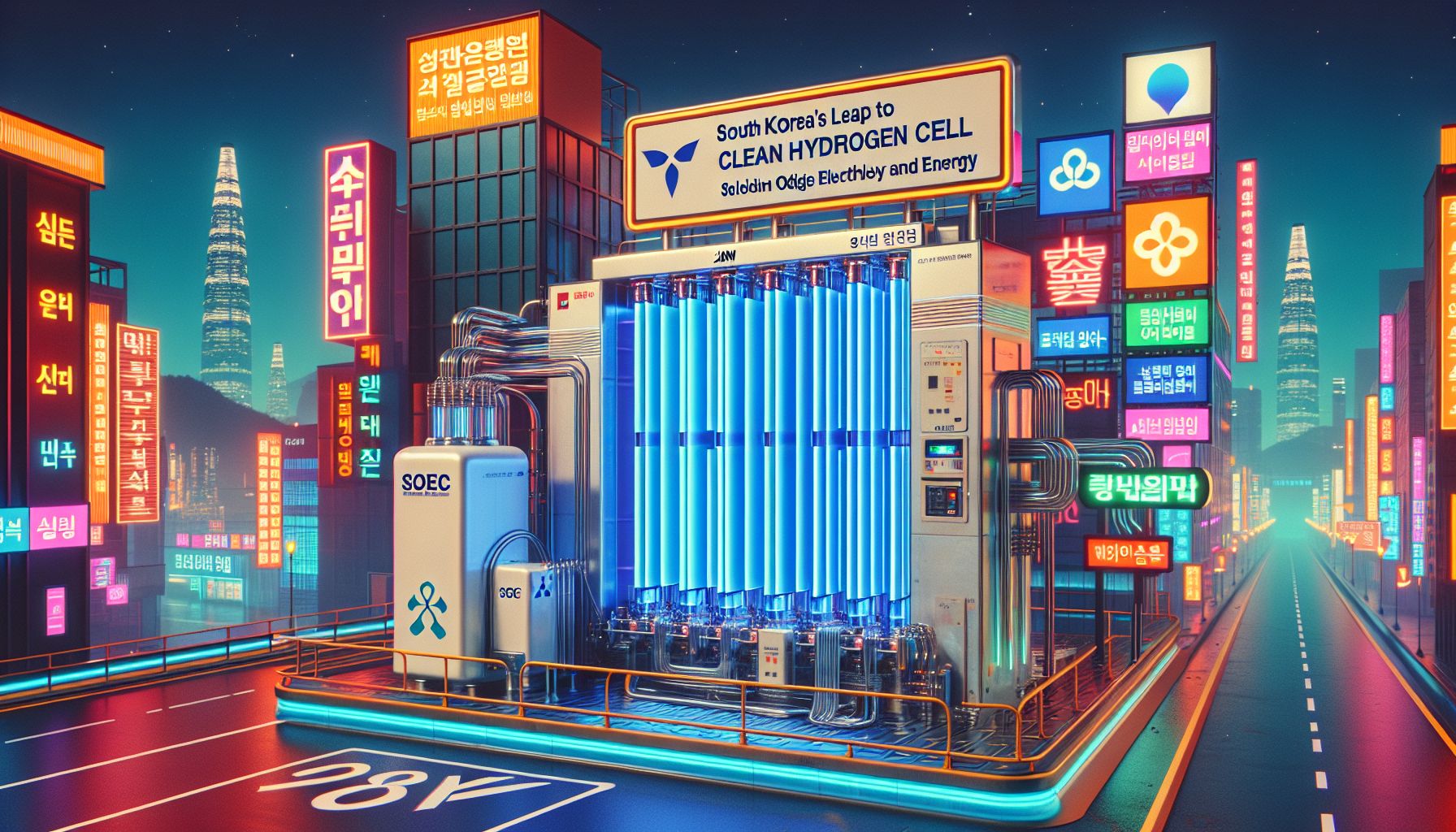South Korea's Leap into Clean Hydrogen: A New Era with 20kW SOEC

Daejeon, Monday, 29 September 2025.
KIMM’s 20kW SOEC system boosts hydrogen production efficiency, making Korea a clean energy leader. Supported by MOTIE, this tech reduces electricity needs by 15%, paving the way for cheaper hydrogen.
A Technological Milestone for South Korea
The Korea Institute of Machinery and Materials (KIMM) has achieved a remarkable milestone with the creation of South Korea’s first 20kW anode-supported solid oxide electrolysis cell (SOEC) system. This innovation is backed by the Ministry of Trade, Industry and Energy (MOTIE) and represents a significant leap forward in the hydrogen production sector. By reducing electricity consumption by 15% compared to traditional methods, the SOEC system showcases an impressive 83% electrical efficiency when linked to an external heat source [1].
Harnessing Waste Heat for Efficiency
What’s truly exciting is how the KIMM team, under the guidance of Dr. Young Sang Kim, cleverly incorporated external waste heat sources at around 200°C into the system. This smart move not only boosts efficiency but also trims down the extra electricity needed for hydrogen production [1]. It’s a bit like making a cup of tea by using the sun to preheat your water—efficient and eco-friendly!
Towards Affordable Hydrogen
The ultimate goal here is to bring down the cost of hydrogen to 3,000 KRW (about USD 2.20) per kilogram, which would be a game changer for the hydrogen economy in South Korea [1]. Imagine being able to fill up your hydrogen-powered car for less than the price of a sandwich! With such affordable hydrogen, the dream of a hydrogen-fueled future feels a lot more attainable.
Collaborative Efforts and Future Plans
This project is a testament to the power of collaboration, bringing together prominent names like KCERACELL, Chonnam National University, and POSCO Holdings, among others [1]. Looking ahead, KIMM plans to push the envelope even further with next-generation SOEC systems boasting over 85% electrical efficiency and incorporating AI-driven diagnostic technologies [1]. It’s like upgrading from a flip phone to a smartphone—sleeker, faster, and much smarter.